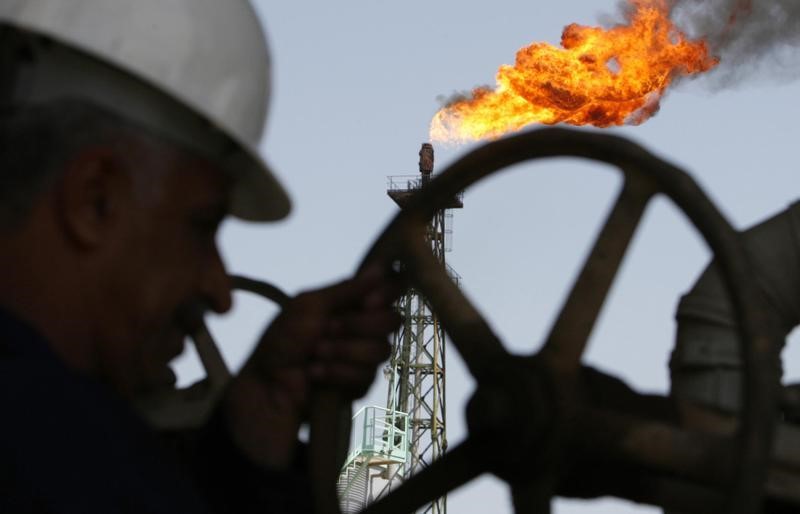Who is Kevin Hassett? Wolfe looks at the Trump ally tipped to become Fed Chair.
By Barani Krishnan
Investing.com - Oil prices settled mixed on Monday as Russia held out on a production cut deal desperately sought by the Saudis, throwing a lifeline to other bears in the oil market.
U.S. crude futures rose on bets for another strong weekly dataset on oil consumption in the United States. But Brent, the global benchmark for oil, slipped as Russia signaled a wait-and-see approach on the OPEC+ deal. Ten non-OPEC countries led by Moscow are to decide next week on whether to join the Saudi-led OPEC in extending production cuts through December.
New York-traded West Texas Intermediate crude settled up 47 cents, or 0.8%, at $57.90 a barrel. WTI finished last week up 9.4% for its best weekly gain since the week to Nov. 27, 2016, helped partly by data showing a strong drawdown in U.S. crude stockpiles. Traders are betting that new weekly data due on Wednesday will show a 2.89-million-barrel drop in crude, almost matching the last decline of 3.11 million barrels.
London-traded Brent crude, the benchmark for oil outside of the U.S., settled down 34 cents, or 0.5%, at $64.86. Brent gained more than 5% last week, its most since the week ended Feb. 15.
With the run-up to the July 1-2 OPEC meetings and this week’s G20 just days away, traders would normally be hesitant to put new on short positions in oil.
Moreover, President Donald Trump has excited oil bulls by tweeting last week that he had a “very good” phone call with Chinese President Xi Jinping, prompting speculation that the two might have a preliminary trade deal to announce before the G20 concludes in Osaka, Japan.
Yet, Russian Energy Minister Alexander Novak’s remarks that Moscow wasn’t decided on its OPEC+ cooperation threw longs in the market off course. Novak’s particular reference that the fate of more oil production cuts were hinged on the outcome of the G20 meeting has now raised the stakes for a successful outcome to the Trump-Xi talks.
“We need to wait until the G20 leaders' meeting” in Japan this week,” Novak told reporters in St. Petersburg. “We’ll see what will be discussed there, how the economic situation will develop.”
The Energy Ministry is still holding talks with Russian oil companies on OPEC+ pact options, according to Novak. That could be another problem for OPEC. Igor Sechin, the head of Rosneft, Russia’s largest oil company, is vehemently opposed to extending the production cuts with OPEC, saying it will cost Russian oil market share to U.S. crude exporters.
Crude traders have also had trouble reading into the battle of wits between Trump and Iran and how it would end for oil.
Trump asserted over the weekend that he was prepared to negotiate with Tehran, without preconditions, in a bid to ease tensions building since he withdrew the U.S. from a nuclear deal with Iran. Iran has denied U.S. accusations that it engineered attacks on several oil tankers and energy assets in the Middle East over the past month, although it owned up last week to shooting down a U.S. surveillance drone that almost resulted in a military response from Washington.
Trump has tried to play both “Nice Guy” and “Tough Guy” with Iran. One of the warnings he shot to Tehran at the weekend was that unless it came to the negotiating table, it may face obliteration “like never seen before”.
Despite his varying overtures, there’s no sign that the president is getting through to the Iranians.
If anything, they seem to have become even bolder in fighting him after sensing that it was in his best interest not to let geopolitical tensions spike in the Middle East and make U.S. pump prices so expensive that they could alienate supporters for his reelection bid in 2020.
